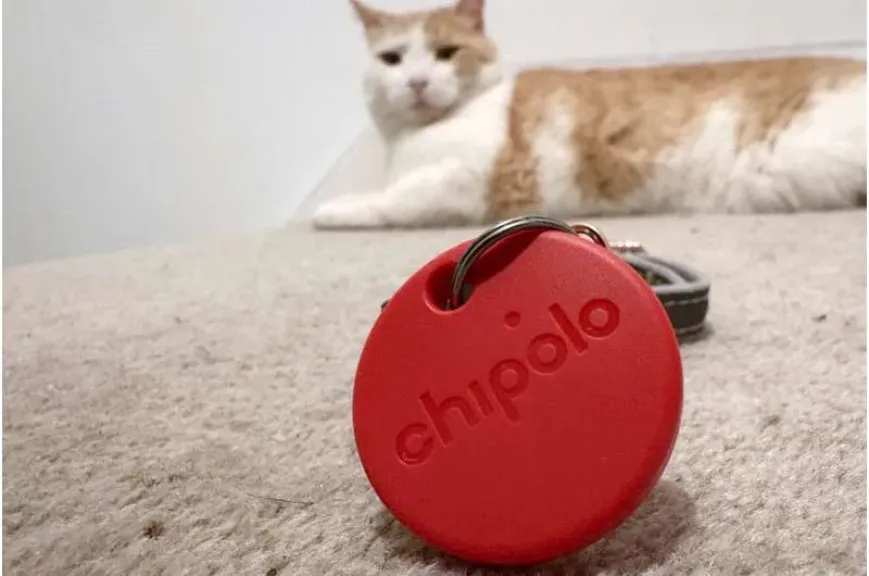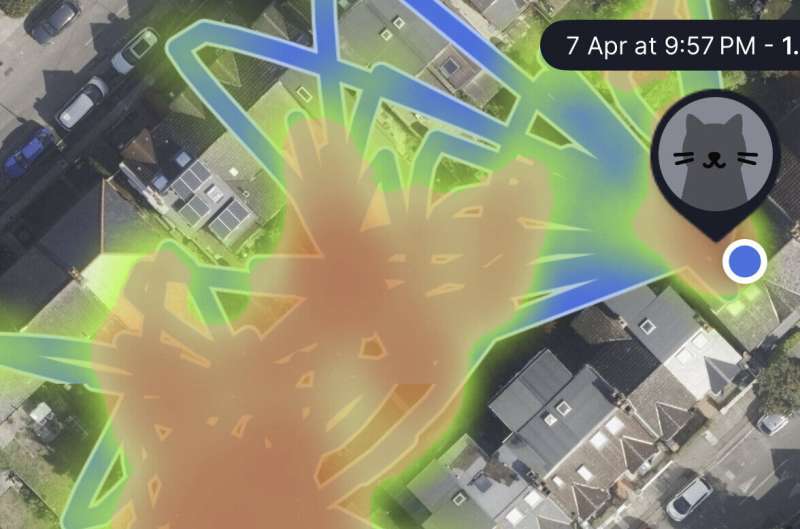No more lost cats and dogs. Use tech to track your pet

"Have you seen the cats?" That's a common refrain in my household because our two felines, Maple and Juniper, can venture outside through a flap in the backdoor. Like many other London house cats, they're free to come and go, roaming the surrounding backyards and beyond, equipped with microchips to identify them if they get lost.
If your cat likes to prowl outdoors for long stretches, or your dog has a tendency to run off, it can be distressing when they don't return as expected.

If you're worried about your furry friend's whereabouts, technology can help you keep tabs on them.
? How pet tech works
Dedicated pet trackers are collar-worn devices that typically use GPS signals to pinpoint the location of the animal wearing them. They use a 4G cellphone signal or your home Wi-Fi connection to relay the position to a smartphone app.
There are many products on the market. Tractive, Jiobit and Pawfit are among brands that offer trackers for both dogs and cats. Devices for the latter are generally smaller and lighter.
Dog trackers with integrated collars are available from Fi and Whistle. PetTracer is a cat collar that uses both GPS and radio signals from a home base station. FitBark, also for dogs, has an Apple Watch app to monitor location and other activity.
Garmin has a range of GPS dog collars that work with handheld devices resembling walkie-talkies, but they're pricey and aimed at outdoors enthusiasts like hunters.
Phone signals
Most trackers let you designate a safe zone on a map, usually your house and surrounding area, and alert you if your pet has left it.
They usually operate on the 4G LTE spectrum commonly used by wireless carriers. It typically has the longest range of any cellular signal, said Andrew Bleiman, Tractive's executive vice president for North America.
That means strong connectivity in most of Europe and North America "unless you're in a really far flung place like the middle of a national park," Bleiman said.
? What it costs
Exact price depends on brand and model. Most devices sell for less than $100. However, keep in mind you'll also have to pay a subscription fee for the cell service to function.
While that could cost $100 or more a year, for some pet owners it's worth the "peace of mind," Bleiman said.
